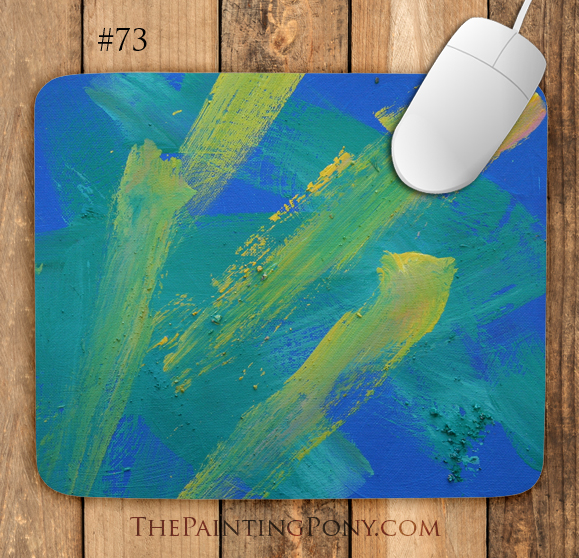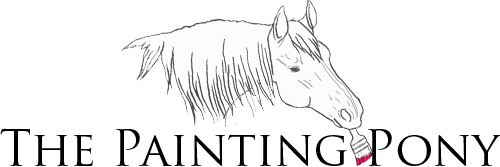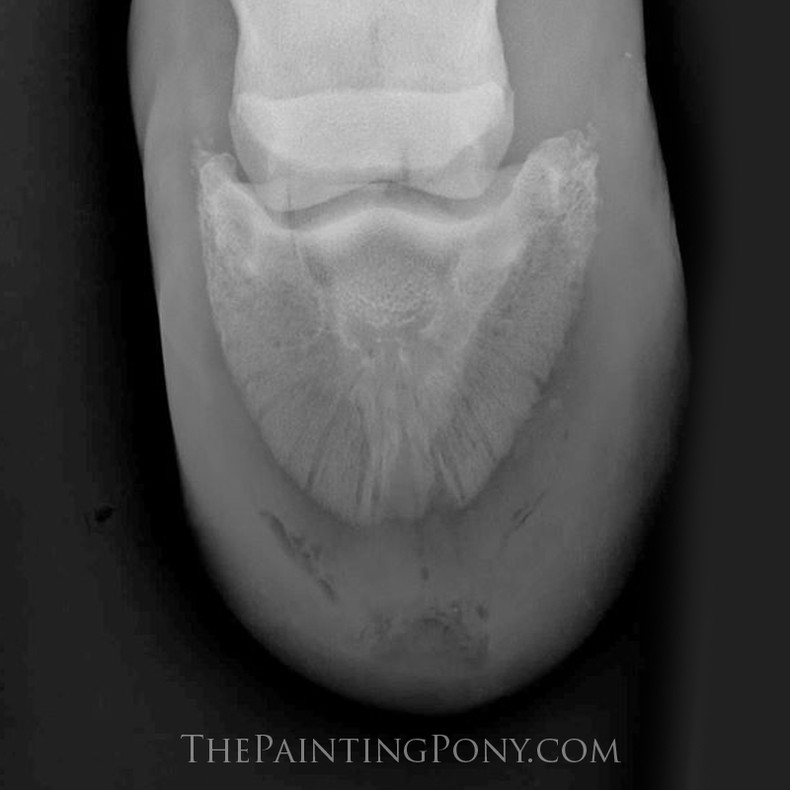Buddy is my first horse. He's a very special guy in my life. I moved him with me across states in college to start a new life and he's been my inspiration behind the start of The Painting Pony. (You can read more about that in the About Us page). I am writing this blog post now to tell Buddy's story of how his recent "abscess" turned out to NOT be "just" an abscess, but a keratoma instead. A keratoma is a rare benign tumor that is growing inside a horse's hoof. They are considered to be on the "rare" side, but sometimes it's what you're not looking for that ends up being the problem.
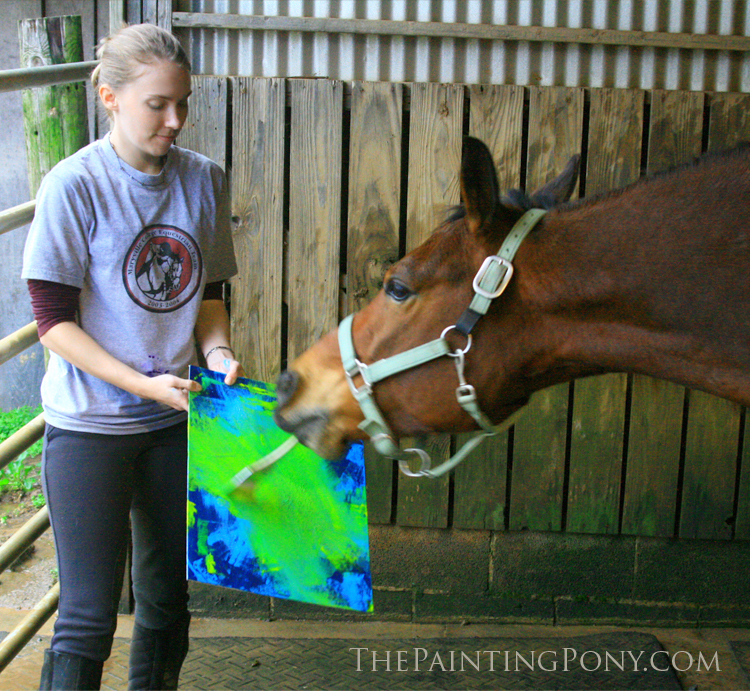
I have been handling horses most of my life and in all of my years, I have fortunately not had to deal with but two other "abscesses" in horses. One was my akhal-teke stallion, Gardiyan, when he was a young 2 year old. Gardiyan had gotten an abscess that I had treated and it seemed to resolve only to return a few weeks later. When it had come back, his foot had gone septic and he required surgical removal of part of his coffin bone. During that surgery it was discovered that a small stick somehow had gotten into his hoof and was the cause of the massive infection. If I had not had the surgery performed, the stick never would have been found and I would have lost him to the infection. The other abscess was a VERY simple abscess that resolved overnight and I only wrapped it one time and it was done. Naturally, with my very scary experience with my stallion, anytime I see an abscess (which isn't often) I get a little more concerned than most people do.
When I first discovered Buddy "lame" back in June, it was after I had turned him out for the day. When I went to bring him back in, he was walking on just three legs. I immediately called my vet, (Four Star Equine Veterinary Services) who specializes in equine podiatry, and she came out that afternoon to take a look at him to make sure he hadn't injured himself. She examined him and diagnosed him with an abscess and told me what I should do to treat him. I followed her protocol over the weekend and by the next week, Buddy seemed to be his old self again. Satisfied we had resolved the abscess, we went back to our usual routine and life went on.
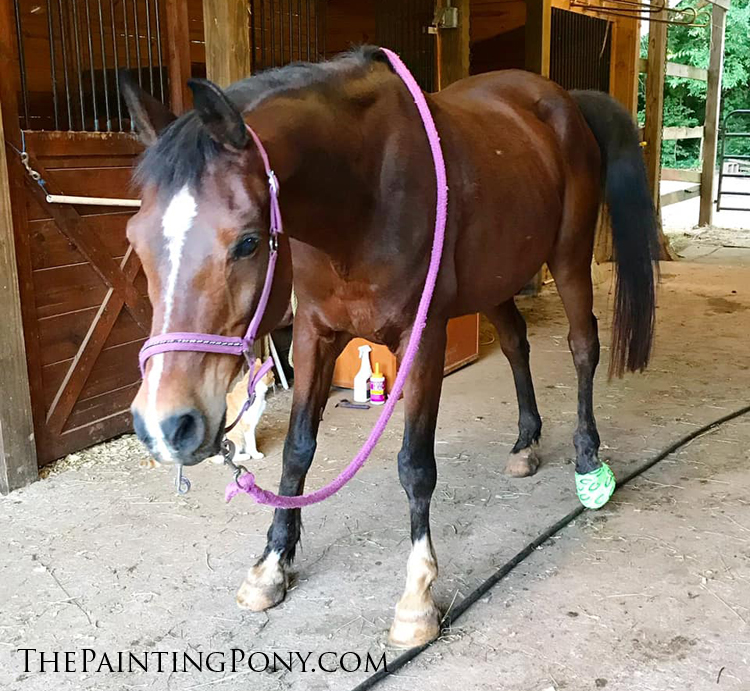
About a little over a month later in August, my farrier was out and I noted to him that Buddy had seemed "off" again within the past day or so in the same foot he had had an abscess in previously and I asked him to take a look at it while he was working on him. He ended up digging out an area on his toe and a lot of puss came out when he found another abscess. We then packed it and wrapped it etc. to treat it for the abscess again.
About 1-2 weeks of wrapping his hoof and waiting for the abscess to finish "draining" I noticed a "bulge" on the front of his hoof. I had figured that this might have been where the original abscess had tried to "blow out" from the top of his hoof before we had opened up the hole on the sole to drain. I took a picture of it and sent it to my vet and also told her that I was concerned about the abscess *still* seeming to be draining. Everyone I had talked to about treating abscesses had told me they usually drain within a week and are done. When we kept seeing "liquid" that had a puss-like appearance continuing to come from the hole, I got concerned that maybe things were more serious than we thought and bugged my vet again about what we should do. She then prescribed Buddy with two different antibiotics to help him get over the abscess.

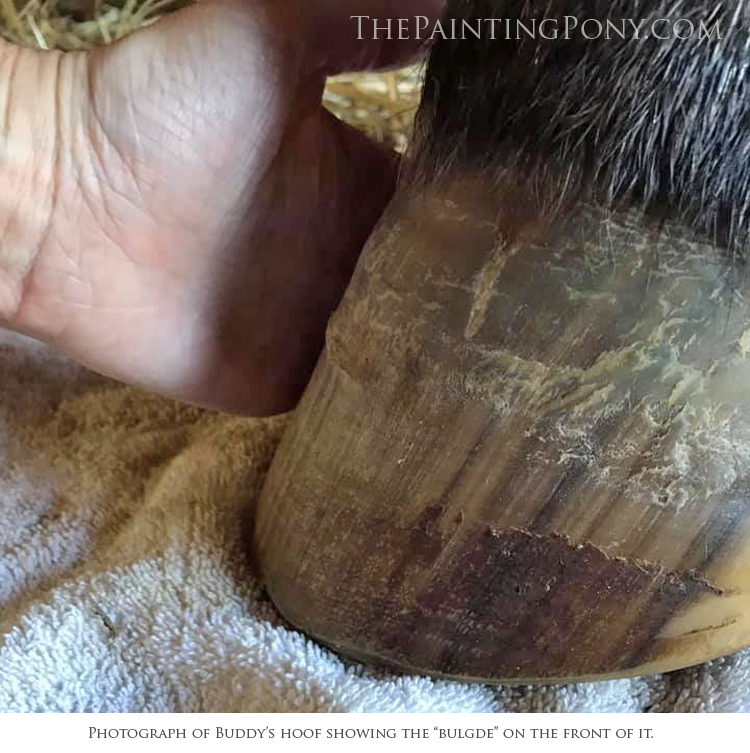
After the course of antibiotics had finished, Buddy's foot "seemed" to be drier but I still thought I saw moisture from the hole coming out. I trusted what everyone was telling me and I continued to treat his foot with wrapping and added some wonder dust to help "dry" the hole up better. Two months later, Buddy was walking and moving normally and his hoof had finally seemed to finish growing out the tract where the puss had been in his hoof and the hole was seemingly finished healing.
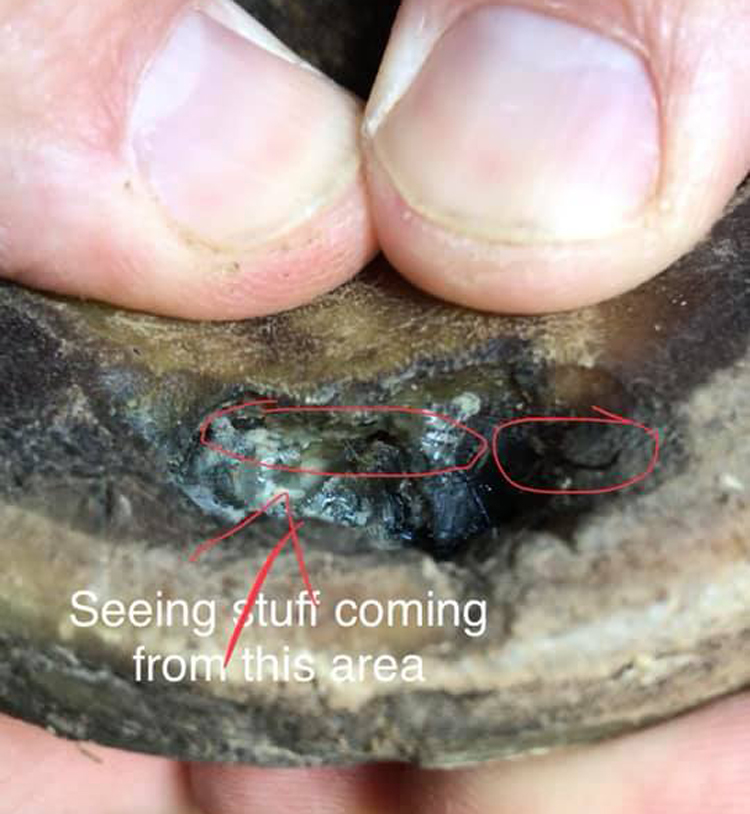
Due to our conservative "trimming" on his hoof to prevent any compromising his hoof while the abscess was being dealt with, his hoof had grown a little longer in the toe than what I would like it to be. In early December, the farrier came out to help "correct" this problem and he gave Buddy a proper trim. After the initial trimming, the farrier thought his foot was still looking a little on the long side, so he decided to trim a little more off of his toe. It was after this "second" trim that we discovered another pussy area in Buddy's hoof. The farrier at this point recommended a call to the vet to take an x-ray to see what was going on inside his hoof because a normal abscess doesn't typically go on for months like this, nor do they usually require antibiotics.
The vet came out the very next day and took x-rays of Buddy's hoof which showed an area where the coffin bone was "missing." This would indicate that the infection had "eaten" away his bone and we needed to debride the area and remove all of the "bad" stuff inside of his hoof. An appointment was made for a few days later to have the vet out again with the farrier to put on a hospital plate shoe which would help stabilize his hoof and make it easier to change gauze etc. while Buddy's hoof healed from the infection.
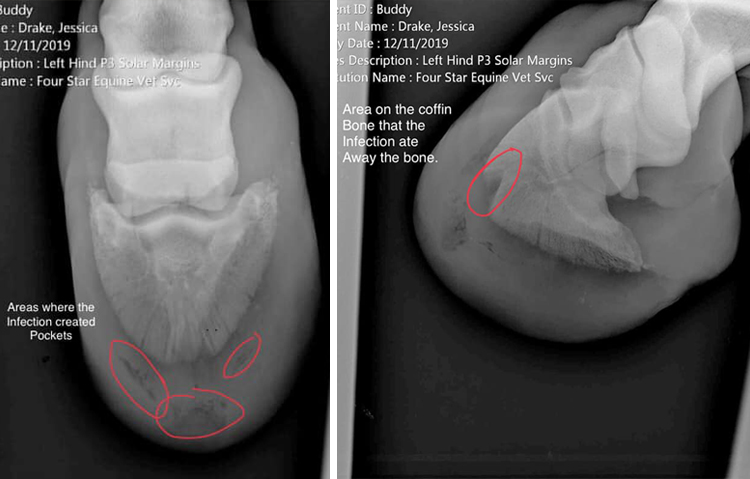
While my vet was looking over the x-rays the night before she was going to perform the procedure, she noted the clean margins on the missing area of the bone which led her to suspect a keratoma could be a possibility. The next morning, before we started to cut away at his hoof, she performed a venogram (a special x-ray done with injected dye so you can see the blood flow in the hoof) for a better look at what was going on inside his hoof. While the venogram did not show a "definite" "yes this is a keratoma," there were anomalies present that hinted further at the possibility of the presence of a keratoma being there.
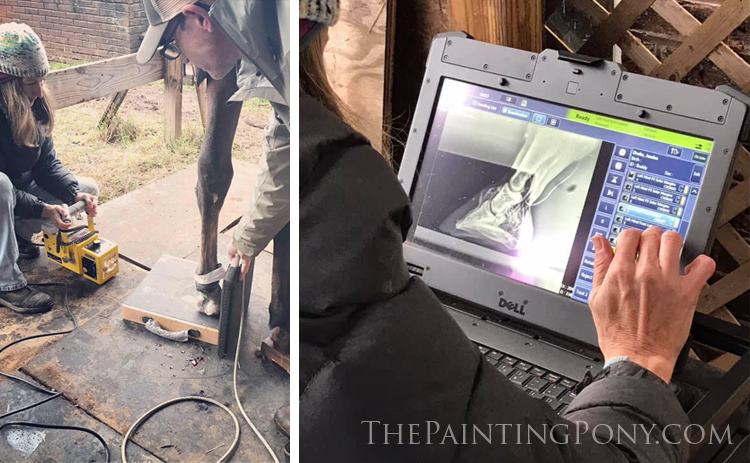
It was decided to go into the hoof from the front instead of the sole of the hoof due to this possibility of a keratoma and its location. When the initial piece was removed from Buddy's hoof wall, the keratoma was indeed present! An additional piece of his hoof wall had to also be removed because the tumor went up higher than the first piece that was already removed and it was important to remove ALL of the tumor or the risk of it coming back would be higher.
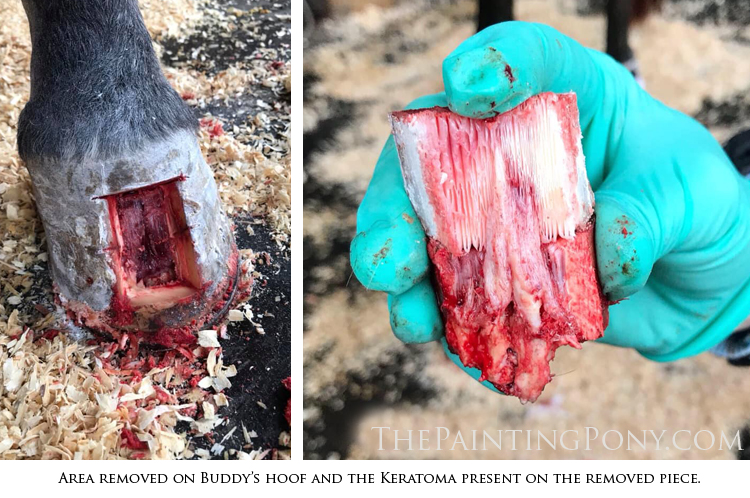
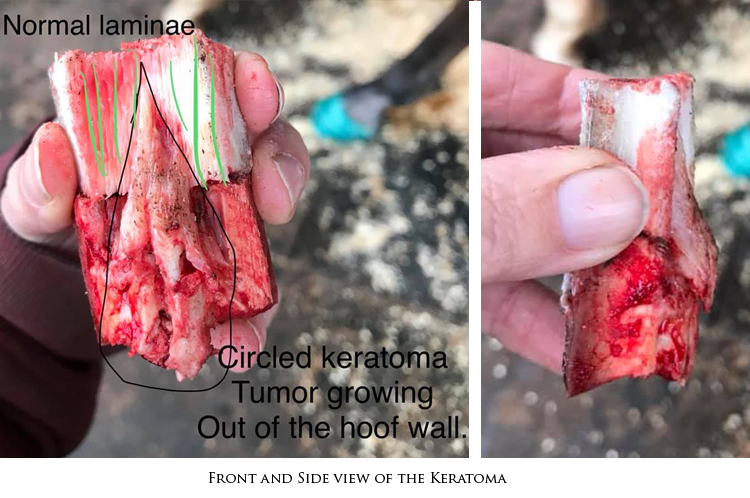

I am very relieved to finally have an answer as to "why" we were having such a hard time with this abscess. I had thought I had been doing something wrong, that what I was doing hadn't been working. It eventually turned out that this abscess was a little on the "special" side and wasn't JUST an abscess. So, the next time you're treating a routine "abscess," keep Buddy in mind and if it doesn't resolve like it should, HAVE THE VET OUT! Because abscess are so common, they can be treated a little too casually sometimes. By not paying close attention or letting an abscess go on a little too long, a bigger problem could get missed and it could lead to a much more serious problem. Remember, no hoof = no horse!
Here is a video showing the removal of the keratoma from Buddy's hoof.
Buddy's surgery was expensive and the care he will require over the next year as his hoof grows back out will also be costly. In order to help us cover these costs, we are offering some of our favorite paintings by done Buddy printed on a few select products. If you would like to help support Buddy and his recovery, please check out the special section on the website featuring these products.
